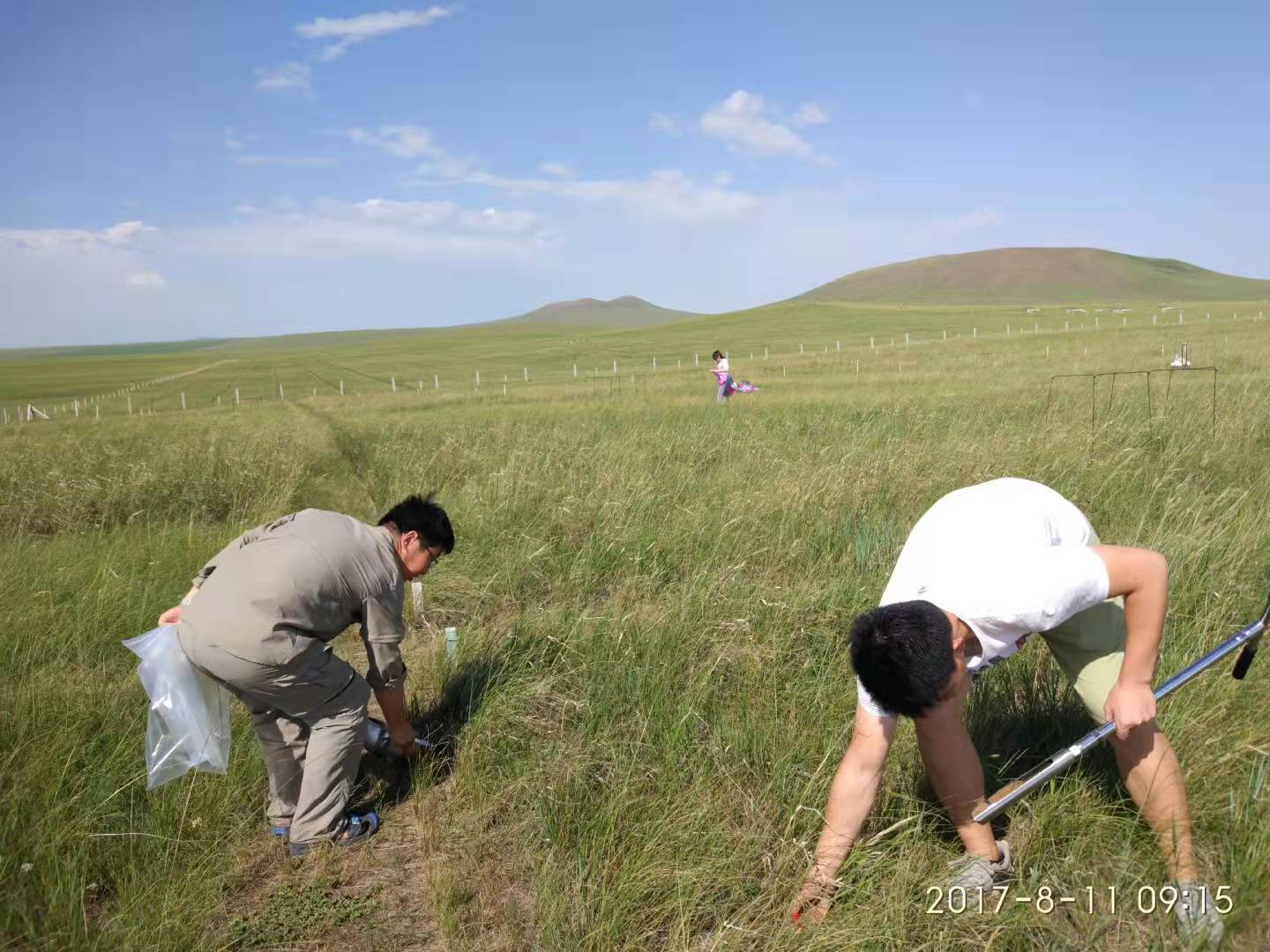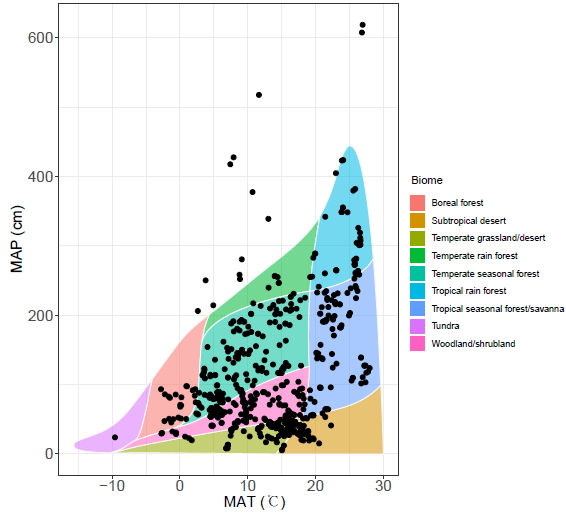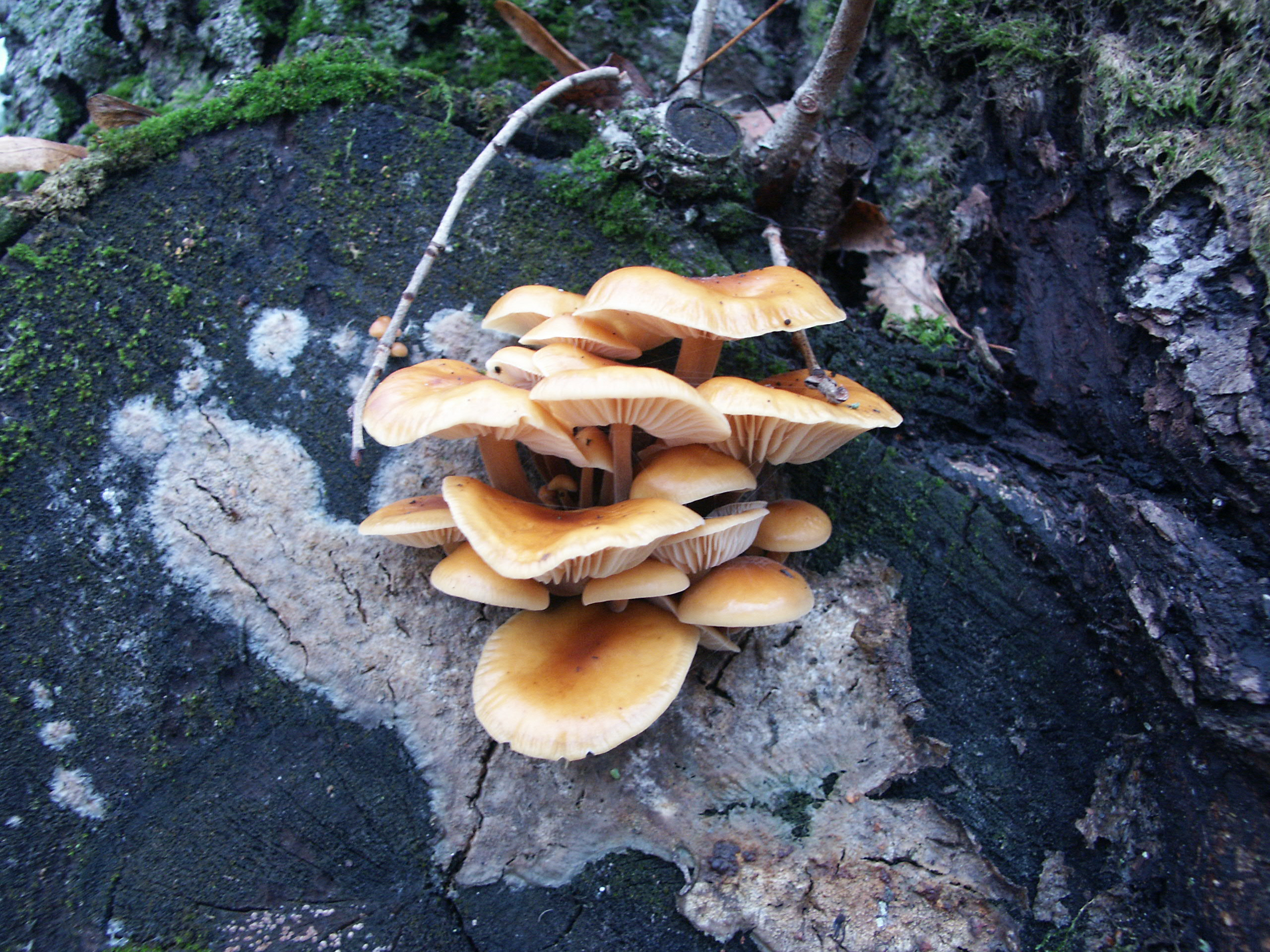We know that fungal communities are linked with plants through fundamental processes such as pathogenesis, competition and mutualism. We also know that fungal diversity is important for promoting plant productivity and multiple ecosystem functions from nutrient cycling to carbon sequestration (1-4). What we did not know is how fungal communities influence the stability of plant communities over long periods of time, along with their capacity to stand extreme climatic events such as those from drought. This knowledge gap undoubtedly limit our ability to predict how soil biodiversity loss might affect temporal dynamics in ecosystem functions under changing environments.

To fill out this knowledge gap, we combined three independent global field surveys of soil fungi with a satellite-derived temporal (2001-2018) assessment of plant productivity. Our global surveys included a total of 673 ecosystems, those samples spread across all five continents and almost all ecosystem types including tropical forest, temperate forest, boreal forest, shrublands, grassland, mediterranean, savannas etc in the terrestrial ecosystem.
Our global surveys provided consistent evidence that diversity of functional fungal communities is critical for supporting the stability of terrestrial ecosystems, and their capacity to resist extreme climatic events. Specifically, we found that richness of fungal decomposers was consistently and positively associated with ecosystem stability worldwide. In contrast, richness of fungal plant pathogens showed negative relationships with ecosystem stability, particularly in grasslands. Given there were increasingly frequency of climate events worldwide, it is essential to identify the biotic drivers of such impacts on terrestrial ecosystems. Following our expectation, higher diversity of fungal decomposers and root endophytes were consistently and positively associated with the resistance of ecosystem productivity during drought events. However, higher richness of plant pathogens will weaken the resistance or resilience of ecosystem productivity during, or after, drought events. Moreover, we found that the diversity of mycorrhizal fungi is positively associated with resilience of ecosystem productivity after drought events. In other word, those fungal functions groups that live intimate with plant community will help plant productivity recover faster from extreme drought events。

Taken together, our study provides comprehensive evidence that soil fungal functional groups could stabilizes (e.g., soil decomposers and mycorrhizal fungi) or destabilize (e.g., fungal plant pathogens) global-scale ecosystem productivity. These results are in agreement with those studies suggesting that plant diversity is critical for supporting ecosystem stability. Our work have implications for understanding and predicting how soil biodiversity may buffer increasing global change to sustain ecosystem stability.
References
- Bardgett RD, van der Putten WH Belowground biodiversity and ecosystem functioning. Nature 515:505-511 (2014).
- Wagg C, Bender SF, Widmer F, van der Heijden MG Soil biodiversity and soil community composition determine ecosystem multifunctionality. Proc Natl Acad Sci USA 111:5266-5270 (2014).
- Delgado-Baquerizo, M., Reich, P.B., Trivedi, C. et al. Multiple elements of soil biodiversity drive ecosystem functions across biomes. Nat Ecol Evol 4, 210-220 (2020).
- de Vries, F.T., Griffiths, R.I., Bailey, M. et al. Soil bacterial networks are less stable under drought than fungal networks. Nat Commun 9, 3033 (2018).
Follow the Topic
-
Nature Ecology & Evolution

This journal is interested in the full spectrum of ecological and evolutionary biology, encompassing approaches at the molecular, organismal, population, community and ecosystem levels, as well as relevant parts of the social sciences.
Related Collections
With Collections, you can get published faster and increase your visibility.
Understanding species redistributions under global climate change
Publishing Model: Hybrid
Deadline: Jun 30, 2026




Please sign in or register for FREE
If you are a registered user on Research Communities by Springer Nature, please sign in